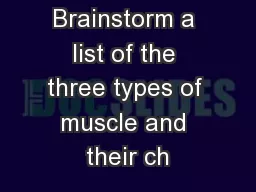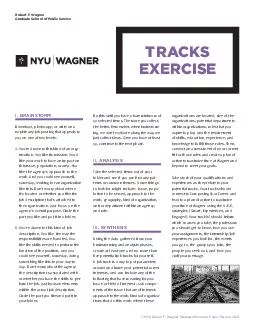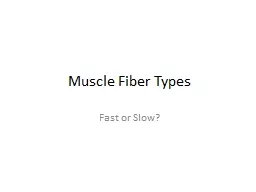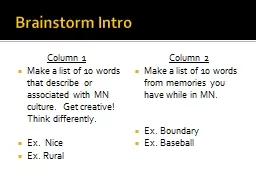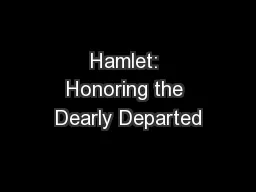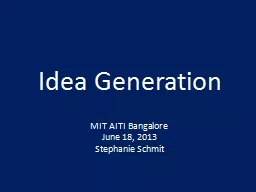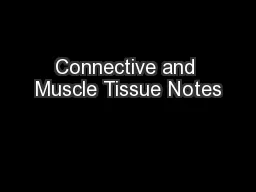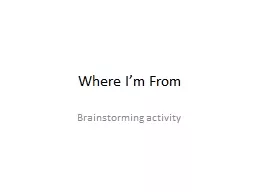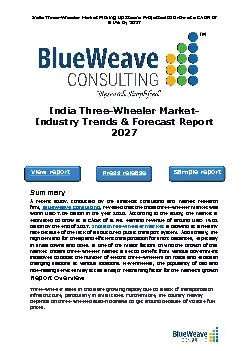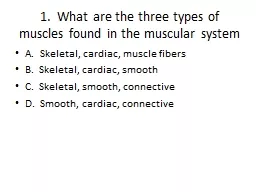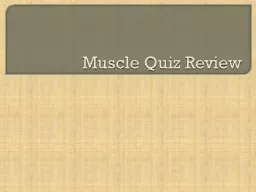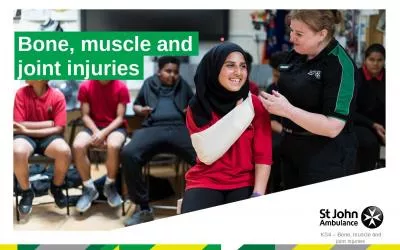PPT-Brainstorm a list of the three types of muscle and their ch
Author : debby-jeon | Published Date : 2017-09-24
Types of Muscle Tissue cont Muscle Group Major Location Major Function Mode of Control Skeletal Muscle Attached to bones and skin of the face Produces body movements
Presentation Embed Code
Download Presentation
Download Presentation The PPT/PDF document "Brainstorm a list of the three types of ..." is the property of its rightful owner. Permission is granted to download and print the materials on this website for personal, non-commercial use only, and to display it on your personal computer provided you do not modify the materials and that you retain all copyright notices contained in the materials. By downloading content from our website, you accept the terms of this agreement.
Brainstorm a list of the three types of muscle and their ch: Transcript
Download Rules Of Document
"Brainstorm a list of the three types of muscle and their ch"The content belongs to its owner. You may download and print it for personal use, without modification, and keep all copyright notices. By downloading, you agree to these terms.
Related Documents

